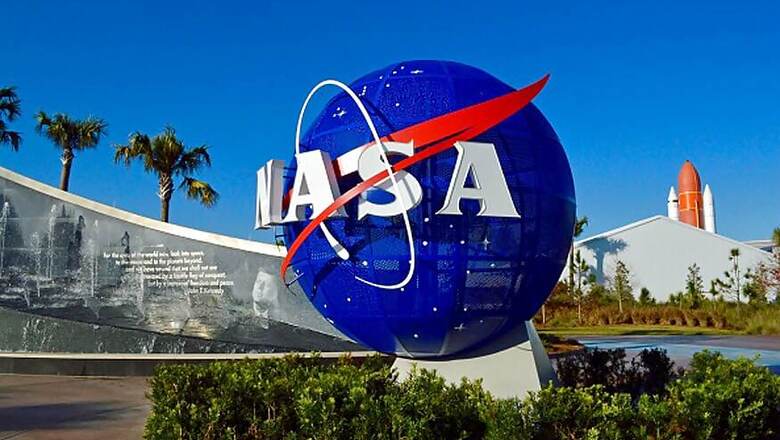
views
Scientists will launch on Friday a sounding rocket 320 kms up into the atmosphere, where in just five minutes, it will take 1,500 images of the Sun, NASA said.
Sounding rockets take their name from the nautical term "to sound," which means to take measurements.
The NASA-funded RAISE mission -- short for Rapid Acquisition Imaging Spectrograph Experiment -- is designed to scrutinise split-second changes occurring near the Sun's active regions -- areas of intense, complex magnetic activity that can give rise to solar flares, which eject energy and solar material out into space.
The launch window for RAISE opens at 2:25 p.m. EDT at the White Sands Missile Range near Las Cruces, New Mexico.
The precise timing of the launch depends on weather conditions, and coordinated timing with other space observatories, the US space agency said.
Don't Miss: Smartron srt.phone Review
Several missions continuously study the Sun -- such as NASA's Solar Dynamics Observatory, or SDO, and the Solar Terrestrial Relations Observatory, or STEREO -- but certain areas of the sun demand especially high-cadence observations in order to understand the rapid changes occurring there. That is where RAISE comes in.
"Dynamic processes happen on all timescales," said Don Hassler, principal investigator for the RAISE mission at the Southwest Research Institute in Boulder, Colorado.
"With RAISE, we'll read out an image every two-tenths of a second, so we can study very fast processes and changes on the Sun. That's around five to 10 times faster than comparable instruments on other sounding rocket or satellite missions," Hassler said.
RAISE images are used to create a data product called a spectrogram, which separates light from the Sun into all its different wavelength components.
By looking at the intensity of light at each wavelength, scientists can assess how solar material and energy moves around the Sun, and how that movement evolves into massive solar eruptions.
"RAISE is pushing the limits of high-cadence observations, and doing so is challenging," Hassler said.
"But that's exactly what the NASA sounding rocket program is for," Hassler said.
The flight of a sounding rocket is short-lived and has a parabolic trajectory -- the shape of a frown. Most sounding rocket flights last for 15 to 20 minutes, and just five to six of those minutes are spent making observations from above the atmosphere, observations that can only be done in space.
In RAISE's case, the extreme ultraviolet light the instruments observe cannot penetrate Earth's atmosphere. After the flight, the payload parachutes to the ground, where it can be recovered for use again.
















Comments
0 comment